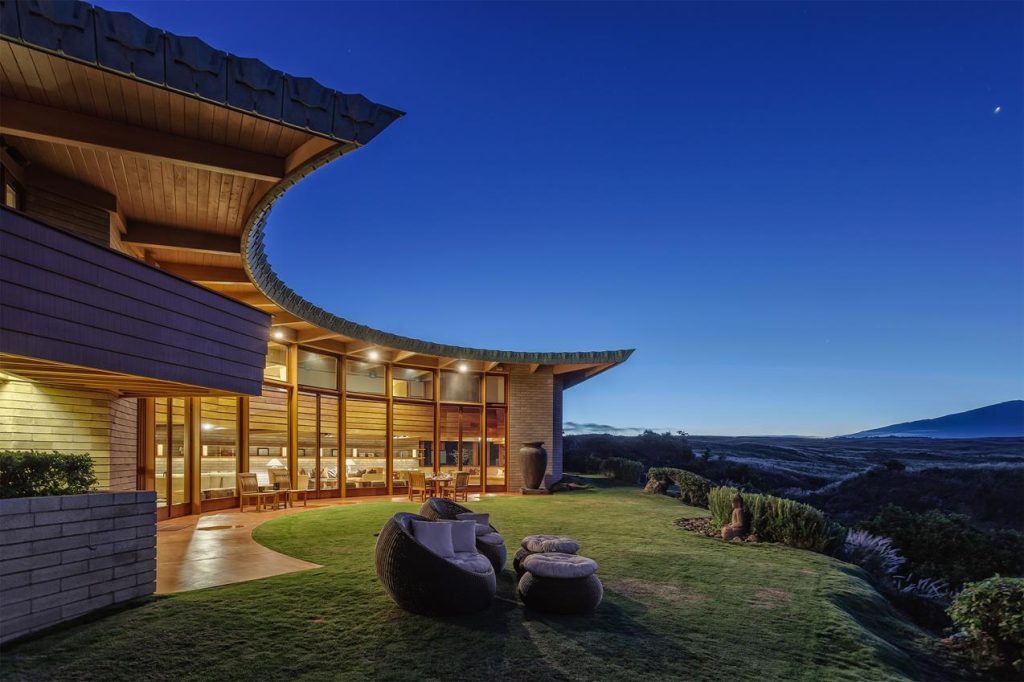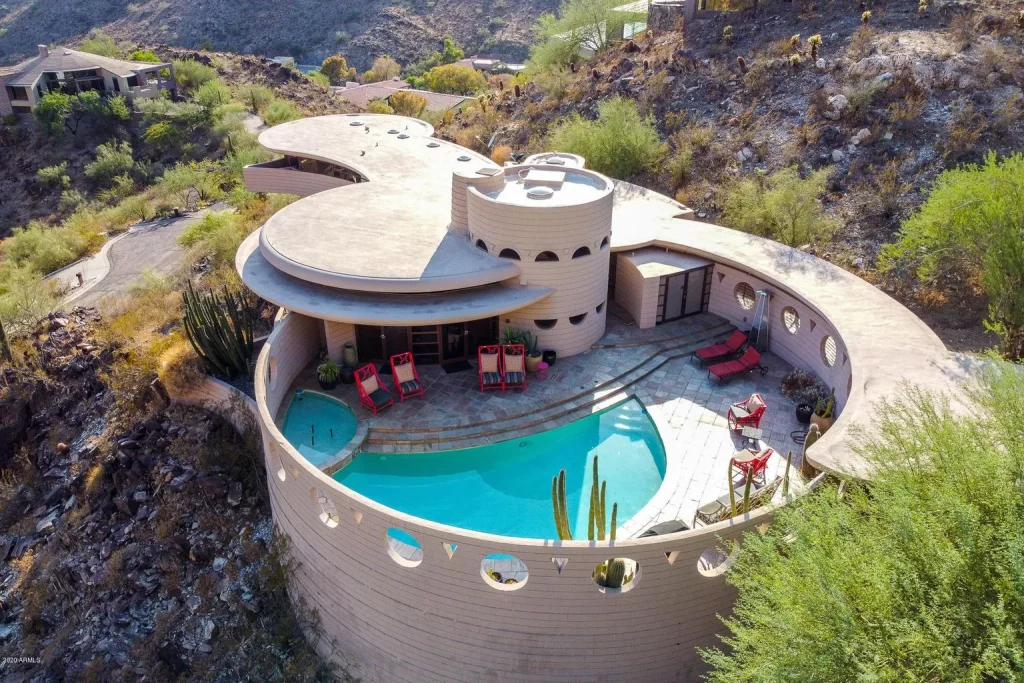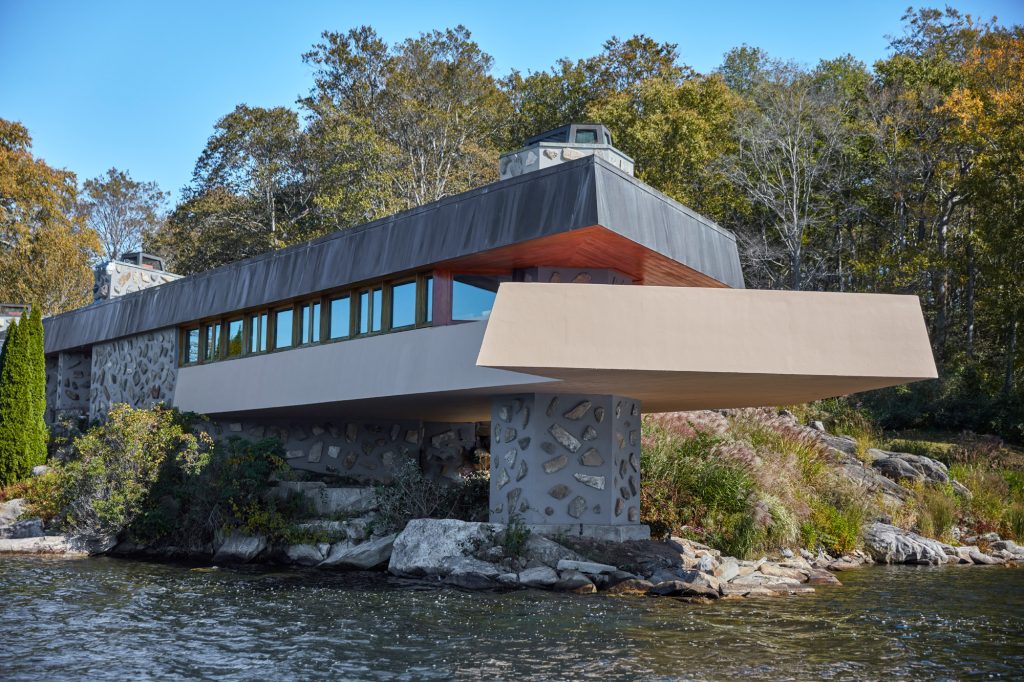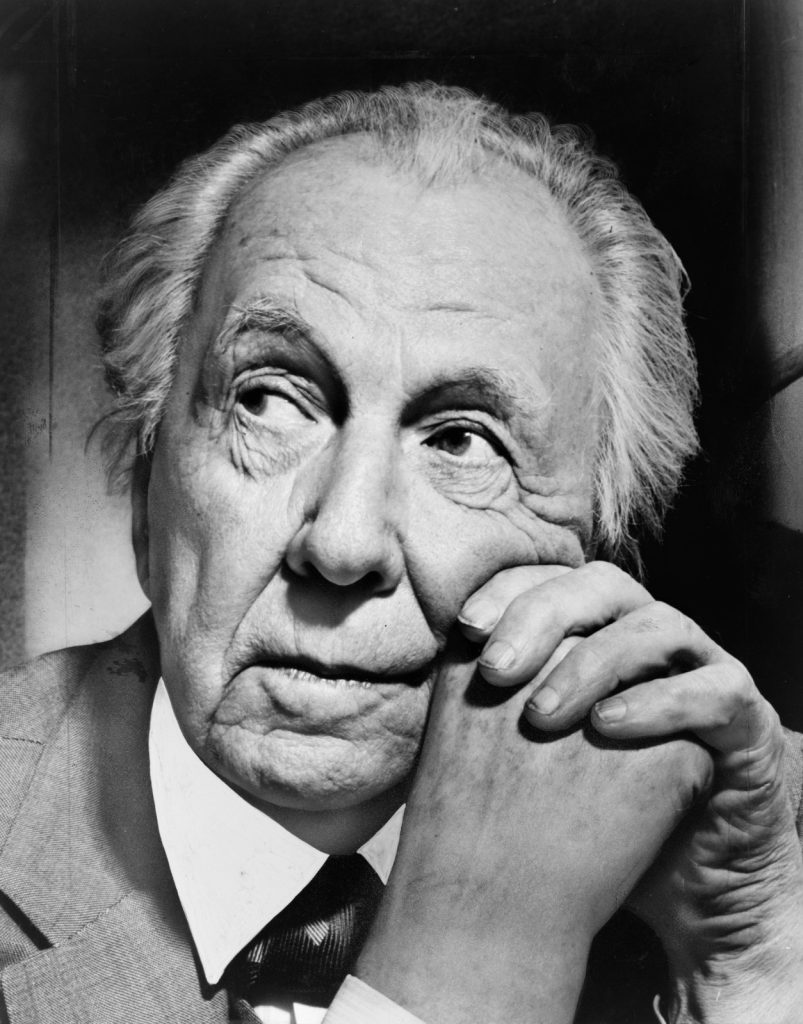Smart Homes of 2030: Blending Frank Lloyd Wright’s Organic Design with Modern Technology
Reimagining how the legendary architect’s organic principles could shape a world of intuitive, responsive dwellings, seamlessly blending human emotion with digital precision and nature with technology in homes that think, adapt and inspire
Frank Lloyd Wright’s philosophy was not merely about creating buildings, but about sculpting experiences that existed in conversation with nature, humanity and time. His houses were symphonies of proportion, texture and light, orchestrated to serve life rather than dominate it. Yet, one cannot help but wonder what the master of organic architecture might create in the digital era. If Wright were to design smart homes in 2030, his approach would transcend gadgets and automation, transforming the very soul of technology into an extension of the living environment.

Wright’s original mission was to dissolve the barrier between indoors and outdoors, to make walls breathe and roofs float, to turn space into an emotional continuum rather than a static box. In the smart home of 2030, he might achieve that dream through invisible intelligence—architecture that responds in real time to light, temperature, emotion and routine. Instead of mechanical interfaces, his homes would think with a natural rhythm, adjusting not because of human command, but through empathy with the human condition.
The Timeless Relevance of Frank Lloyd Wright
Frank Lloyd Wright remains one of the most influential figures in modern architecture, a visionary whose ideas continue to shape how we think about space, design and human connection to the environment. Born in 1867, Wright pioneered the concept of organic architecture—an approach that sought harmony between a building, its inhabitants and the natural world. His masterpieces, from Fallingwater to the Guggenheim Museum, demonstrate an enduring belief that architecture should serve the spirit as much as function.

More than half a century after his passing, Wright’s relevance lies in his timeless principles: sustainability before it became a movement, fluid design before minimalism found its name and emotional intelligence in architecture long before technology began to simulate empathy. His philosophy feels startlingly contemporary today, reminding us that as homes grow smarter, they must also remain human.
The House That Listens, Learns and Lives
Imagine a Wright-inspired Prairie house reborn in 2030. The broad cantilevers remain, yet beneath their clean lines lies a nervous system of sensors that read the shifting patterns of wind, humidity and light. Floors made from sustainable composites of bamboo and graphene regulate their own temperature. Windows, crafted with electrochromic glass, tint themselves as the sun arcs across the sky, ensuring comfort while preserving his signature play of light and shadow. The building listens—literally—responding to footsteps, laughter, silence and even the tone of its inhabitants’ voices.
Wright’s Usonian vision of democratic design would find resonance in the open-source smart home movement. He might champion technologies that are not controlled by corporations but shaped by communities, ensuring every family could enjoy a home that evolves with their needs. Sustainability would no longer be a virtue; it would be a baseline. His 2030 home would harvest rainwater, generate its own energy through solar membranes embedded in the roof and channel excess power to nearby homes, forming a decentralised neighbourhood ecosystem.
Organic Architecture Meets Artificial Intelligence
Wright believed that form and function should grow together from the inside out, much like a tree. Artificial intelligence would not disrupt that harmony; it would enhance it. The AI would serve as an invisible apprentice, interpreting the home’s architecture as an organism rather than a device. Through subtle learning, it would anticipate habits—drawing blinds at dusk, adjusting the temperature for comfort, preparing light scenes for reading or reflection—all while maintaining the architect’s sacred balance between man, nature and design.

Unlike the sterile automation often found in futuristic architecture, Wright’s smart home would be deeply human. He would never allow cold efficiency to replace emotional warmth. Voice assistants would speak softly, in tones inspired by the rhythm of natural elements rather than mechanical cues. Walls would glow with diffuse bioluminescent panels that mimic the warmth of sunlight at different times of the day. Even the structure’s scent might change with the weather, blending organic essences to evoke memory and season.
Technology as an Extension of the Spirit
If Frank Lloyd Wright designed homes in 2030, he would remind us that technology is not the enemy of authenticity—it is a tool for rediscovering it. His digital homes would not shout with innovation; they would whisper with awareness. Every circuit, every algorithm would serve the greater aesthetic of harmony. The essence of his vision would remain: a house as a living, breathing companion rather than a static container.

Such homes would not merely shelter life but interpret it, transforming data into poetry, automation into intuition and convenience into communion. In Wright’s hands, artificial intelligence would feel less like programming and more like meditation. His architecture would continue to do what it always has done—invite us to see ourselves as part of the natural order, even in an age where glass, light and code merge into one seamless symphony.
By 2030, when technology may have surpassed imagination, Wright’s philosophy could still offer what no algorithm can create—soul. His smart home would not just anticipate human needs; it would reflect human values. It would prove that even in a digital future, the most intelligent architecture is not the one that thinks the fastest, but the one that feels the deepest.